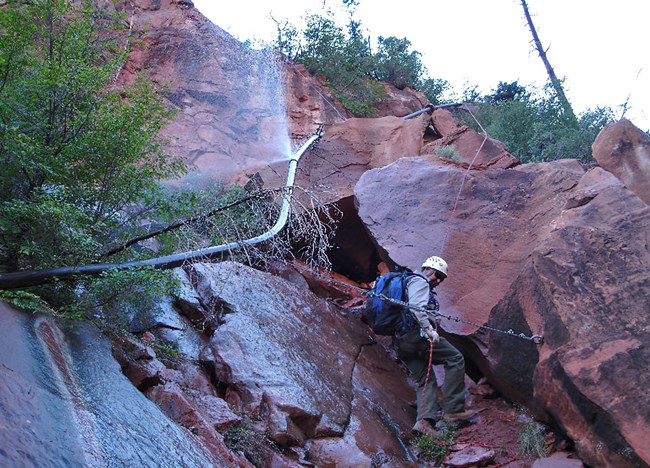
NPS Photo. Just as cartographers draw maps that help hikers know where they are going, park planners facilitate the development of guiding documents, or plans, that provide managers with directions for how a park should be managed. Planners bring together the ideas of park staff and interested members of the public to create plans that provide a vision for what the park will be like in the years to come. Projects Open for Public Review and CommentGrand Canyon National Park has several documents to assist in informing the public about past, current and upcoming projects. These and other documents are located below to allow you a chance to view and/or comment on these projects. Documents Open for Public ReviewOther Plans and ProjectsAn archive of completed projects as well as projects without documents open for comment may be found on the PEPC website. You are an important part of the planning process! Public comments help identify the range of issues that should be addressed in major planning efforts. Public scrutiny of proposed actions helps to ensure that project actions are consistent with the National Park Service mission, enabling legislation, and other relevant laws and policies. Each major planning process usually provides numerous opportunities for public involvement. Your voice is integral in shaping the future of Grand Canyon National Park. NEPA/ComplianceNEPA is the acronym for the National Environmental Policy Act. This act, passed in 1969, laid the foundation for environmental protection in the United States by setting policy goals for the federal government. Two major requirements of the act are that agencies analyze the environmental impacts of federal actions and engage the public in the decision-making process.
If the proposed action will not have significant impacts to the environment, the park utilizes a categorical exclusion. If it is unclear whether the proposed action will have significant environmental impacts, the park prepares an environmental assessment (EA). If the proposed action will have significant environmental impacts, the park prepares an environmental impact statement (EIS). |
Last updated: March 4, 2025
